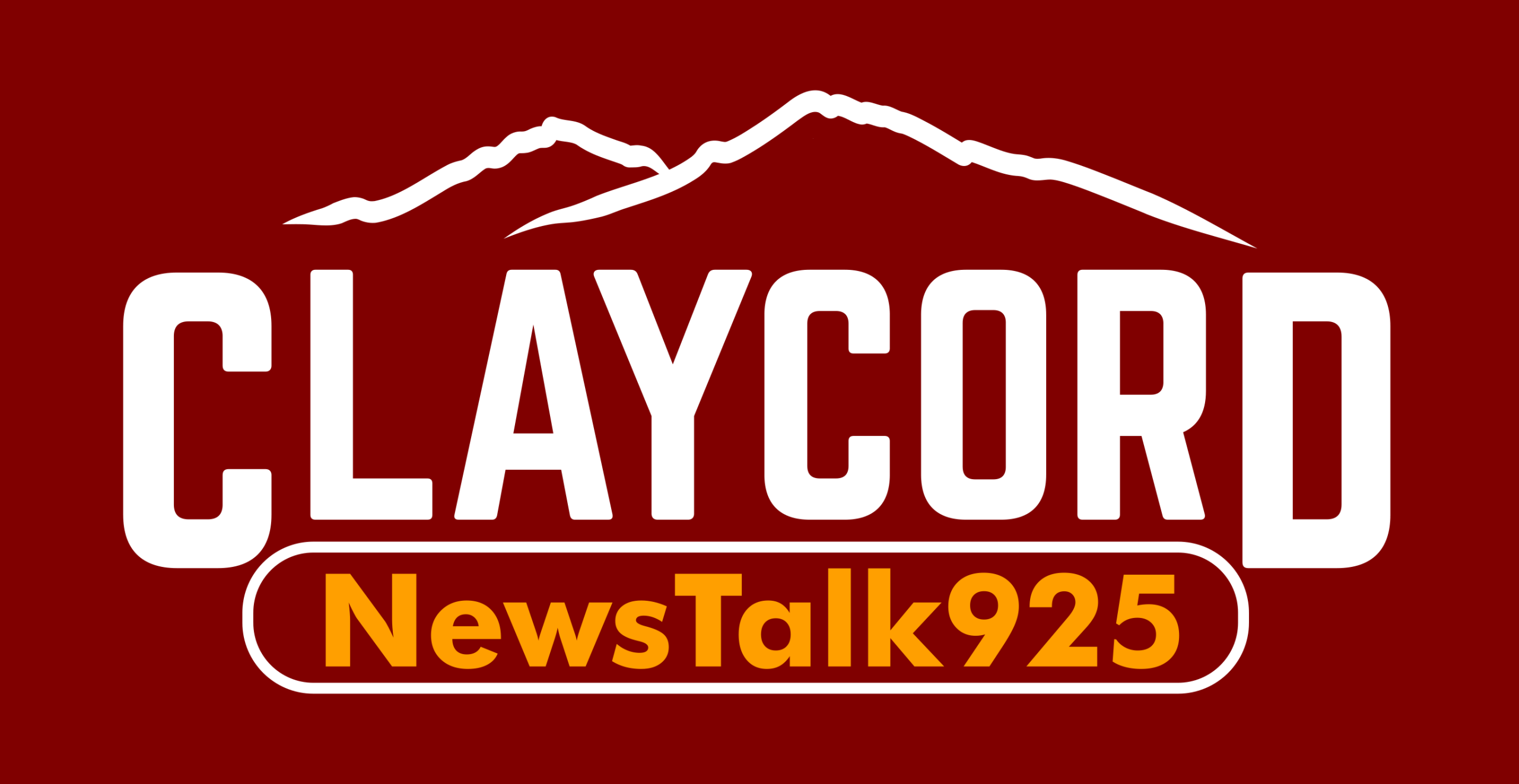California is using more detailed data than ever before to try to guide decision-making about the impact of the state’s transportation systems on vulnerable communities.
An online data tool from Caltrans launched Monday focusing on the impacts of transportation infrastructure in neighborhoods, as well as transportation needs and equity of investment for future projects.
The Caltrans Transportation Equity Index, or EQI tool, allows users to access three interactive data dashboard layers that highlight areas that are most impacted by transportation issues such as traffic and traffic safety, environmental and health issues, and the availability of different transit options.
For example, the tool can help users understand, at a glance, that despite San Francisco’s widespread transportation access, traffic impacts in the city align with lower-income neighborhoods in the Tenderloin and Chinatown areas.
Transportation access is more available to residents in central and north Oakland than in the south part of the city, but those who live near Interstate Highway 580 and 880 are impacted the most by traffic effects.
The data tool can be accessed at https://dot.ca.gov/programs/esta/race-equity/eqi. An online training session is scheduled for later in the month.
California Transportation Secretary Toks Omishakin said at a virtual press conference announcing the tool that the state’s transportation network is essential, it should not cause harm to its users and nearby communities.
“Transportation induced harms are inequitably distributed,” Omishakin said. “Historically, entire generations have been challenged from such harms. Transportation inequities can’t be addressed adequately without critical data to help identify priority populations most impacted by California’s transportation system,” he said.
The effort to create a specific data tool focusing on equity was begun in 2021. The data will complement the state’s CalEnviroScreen data dashboard showing other environmental factors. It uses external and internally developed data sets and will help inform policy makers on what future projects to prioritize.
The tool shows data by census tract, down to the block level. The three data dashboards act as layers a user can combine to show different information.
The first layer shows populations deemed “transportation burdened” based on household income and other socioeconomic factors, as well as federally recognized tribal land. The second layer shows traffic impacts and collision frequency.
The third displays data on which areas have the most access to destinations such as job centers and downtowns by different transit, bicycle, and pedestrian options.
“If that access is poor, then that may be a disadvantaged population,” said Eric Sundquist, Caltrans’ Acting Deputy Director for Equity, Sustainability, and Tribal Affairs.
Additional functions will be available in the future as the tool continues to be developed.
“The EQI tool is one of the many ways Caltrans is working to ensure equity is ingrained in our transportation practices,” said Caltrans Director Tony Tavares.
An informational session on how to use the data dashboard will be hosted by Caltrans on March 20, at from 2-3 p.m. Registration is available online at https://dot.ca.gov/programs/esta/race-equity/eqi/events.


Transportation EQUITY? We live in Bizarro World
Pot Hole Reparations ?
.
Oh puh-lease.
.
This is just institutionalized racism.
.
This “equity” crap has gone too far!
He forgot to say “systemic”.
I thought that was required.
It seems to me that being referred to as vulnerable is demeaning and offensive.
Isn’t asphalt racist? I know that they say trees and math are, so why not asphalt too?
Just before I read this article, I was watching local news station report numerous bus stops in Oakland are now being skipped at night because they are too dangerous to stop at.
So when these neighborhoods get bad scores on this DEI metric, will anyone in power acknowledge crime is the root cause? I kinda doubt it.
Productive people cluster in desirable communities with better public resources AND pay the vast majority of taxes to fund public services, including transportation infrastructure. This allows the most productive people to become more productive than misallocating public resources to communities where less productive people cluster. Enhancing our most productive people’s productivity creates a virtuous cycle that improves living standards for all, including generous welfare subsidies for the less productive tiers of society.
Not rocket science!
Oh brother,they needed a place to spend millions doing nothing but shmoozing,and i bet all cities with mass transit have been ordered to do this Bidenesque pandering
100000000000 in the hole from stuff like this.
I read all that carefully and that was my mistake. Not getting that time back and that kinda pisses me off.
Yeah, I looked at the map and couldn’t get much of anything out of it. What a waste.
More woke and cancel culture cxxp